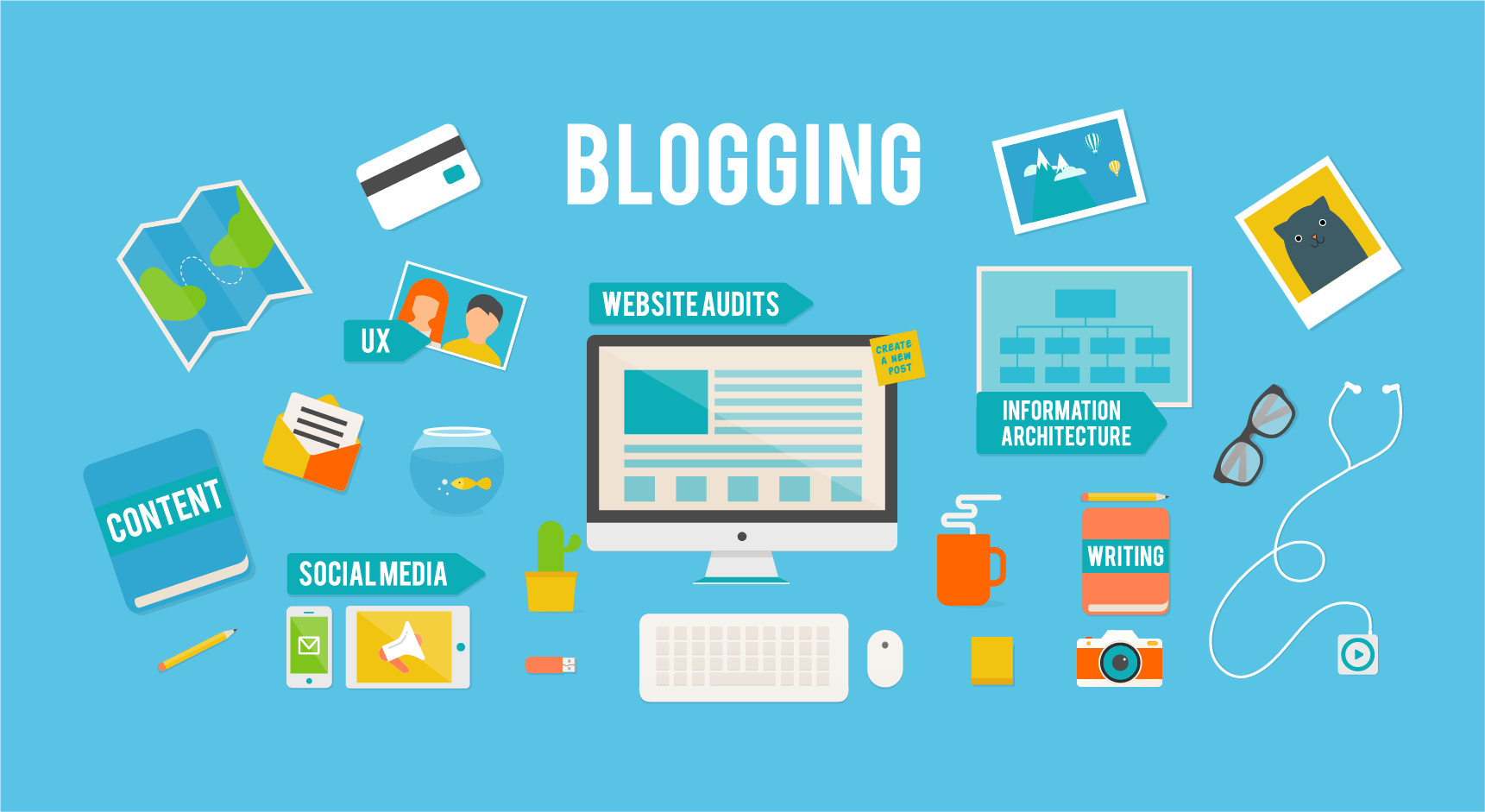
Are you eager to share your passion, knowledge, or creativity with the world? Starting a blog is an excellent way to do just that.
Whether you want to document your travel adventures, share your culinary experiments, discuss your favorite books, or delve into any other topic, this comprehensive guide will help you kickstart your blogging journey.
Step 1: Define Your Niche

According to Neil Patel, Before you jump into the blogging world, it’s crucial to pinpoint your niche. Ask yourself: What are you passionate about? What do you have expertise in? What do you enjoy writing about? Your niche will be the foundation of your blog, so choose something you genuinely love.
Step 2: Choose a Blogging Platform
There are several blogging platforms available, but two of the most popular options are WordPress and Blogger. WordPress offers flexibility and customization, making it a favorite among bloggers. Blogger, on the other hand, is user-friendly and perfect for beginners. Select the platform that suits your needs.
Step 3: Pick a Domain Name and Hosting
Your domain name is your blog’s address on the internet (e.g., www.yourblogname.com). Choose a name that reflects your niche and is easy to remember. Next, select a reliable hosting provider to ensure your blog is accessible to readers.
Step 4: Customize Your Blog
Personalize your blog’s appearance to make it uniquely yours. Select a theme that aligns with your niche and brand. Customize the colors, fonts, and layout to create a visually appealing site.
Step 5: Create High-Quality Content
Content is king in the blogging world. Write informative, engaging, and original articles that cater to your audience’s interests. Consistency is key, so establish a posting schedule that you can maintain.
Step 6: Promote Your Blog
To attract readers, promote your blog on social media platforms, join blogging communities, and engage with your audience. Building a readership takes time, so be patient and persistent.
Step 7: Monetize Your Blog
Once you’ve established your blog and gained a steady readership, you can explore monetization options. These may include affiliate marketing, sponsored posts, selling digital products, or offering premium content.
Step 8: Analyze and Improve
Use tools like Google Analytics to track your blog’s performance. Monitor which posts resonate with your audience and adjust your content strategy accordingly. Continuous improvement is key to long-term success.
Starting a blog is an exciting endeavor that allows you to share your passions and connect with like-minded individuals. Remember that blogging is a journey, and with dedication and creativity, you can build a successful blog that leaves a lasting impact. Happy blogging!
